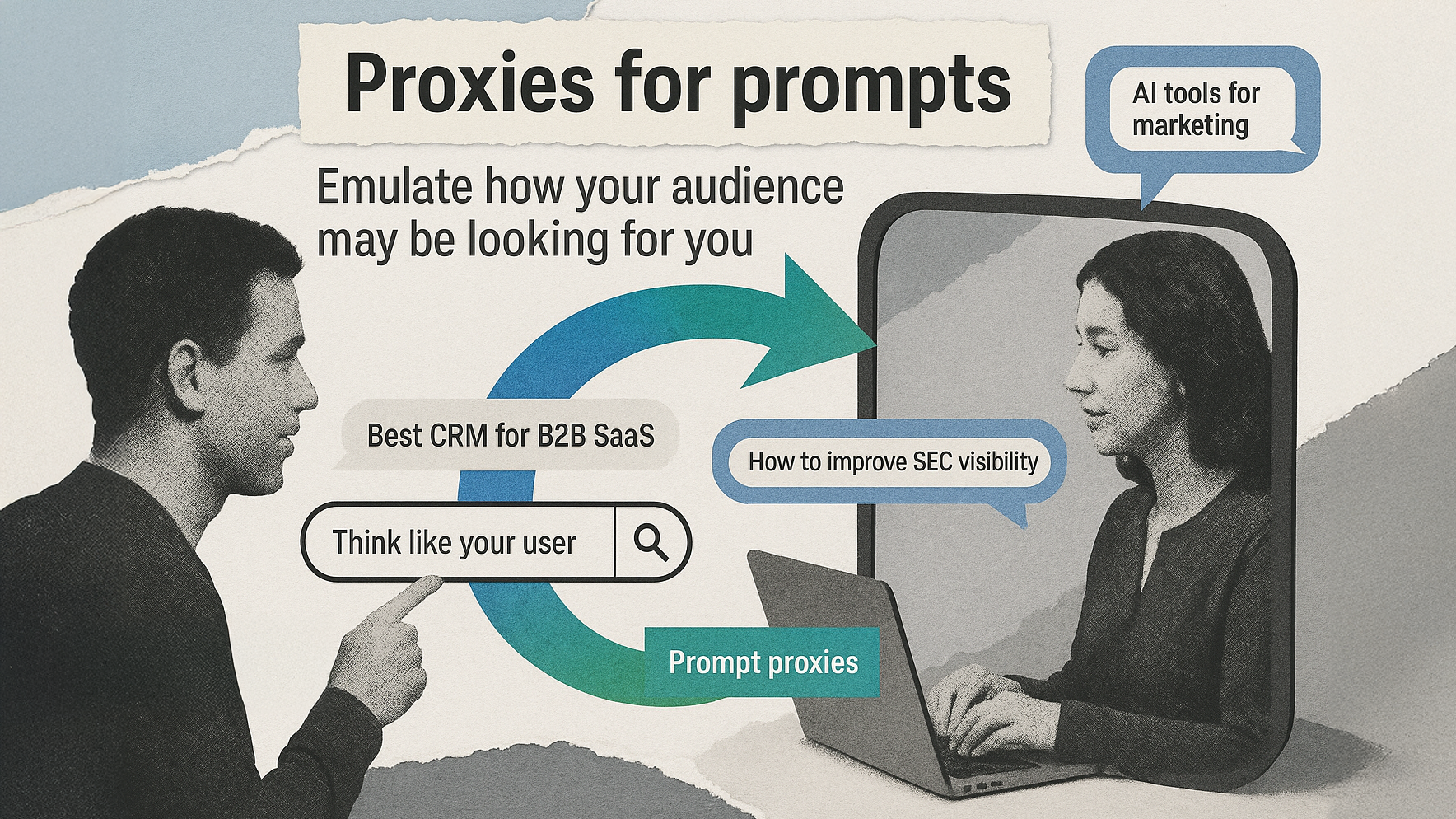Building Brand Awareness With Content & Display
Sure, search is an effective marketing channel — and it is particularly adept at capturing demand — but the one thing search can’t do is generate demand. Given that, marketers need to be mindful that solely relying on search is a mistake, especially if you are launching something new. Instead, you need to first build […]
Sure, search is an effective marketing channel — and it is particularly adept at capturing demand — but the one thing search can’t do is generate demand. Given that, marketers need to be mindful that solely relying on search is a mistake, especially if you are launching something new. Instead, you need to first build awareness with content and display campaigns, and then use search to capture the demand.
Why It Matters
Whether you are launching a new company, product, or service, or entering a new market, you need a marketing strategy that includes awareness building for your new offering, or no one will know to search for it. Many marketers are seduced by the concept of “If I build it, they will come.” Unfortunately that is just not the case, and many end up learning that the hard way.
The fact is, you can have the perfect product, or have found the perfect market, or you may even have the perfect site, but if users don’t know to search for it, they won’t. To successfully build brand awareness, you need a mix of initiatives, and content and display can play a key role.
For example, when Panera Bread decided to open its bakeries in Northern California in 2005, they had to get local diners interested in the concept. Up until that point, they had been an East coast and Midwest favorite. And while word of mouth from transplants to the area helped build awareness to some extent, launching display and content campaigns would have gone a long way to help locals get familiar with the brand and their concept.
Taking Action
Once you understand the value, it’s time to take action and use content and display campaigns to help build awareness. Below are four steps to help you get started:
- Strategy: Think about your target audience. Where are they? What age are they? What do they do on the web? How can you speak to them and get them interested in what you have to offer?
- Research: Find your target audience online, as you need to be where they are on the Web. Google, Yahoo!, and Microsoft all have content and display offerings with vast inventories to chose from. Research their inventory to understand the sites that match your users’ interests.
- Tools: Leverage Google’s Insight tool to help you find data and information on search volume in different geographical regions and timeframes. They have data in the form of heat maps to see where users have good awareness of sites and keywords. This will help you understand where to put your efforts in order to build awareness and generate demand. The tool also allows you to see the other sites that users visit who also visit the sites and keywords you are researching.
- Follow-up: Once you have the campaigns running, you not only have to test various elements to get the most out of them, but you need to constantly monitor and tweak for improvements. Have your search terms on broad match to make sure you’re capturing everything you can from the display and content campaigns. Then use the search query reports to expand the keyword lists and add negatives.
Phase Two
Once your content and display campaigns are implemented, realize that while these initiatives will continue to serve a purpose for the overall online campaign, their importance will change. As your display and content campaigns mature, you’ll see your search campaign gain traction. When that happens, it’s time to start scaling-up your search efforts, as users are starting to search for you, and you need to think about capturing that new demand. (In addition, you may also have new competitors in the product space or geographical region). Given that, the breakdown of the budget can’t stay as it’s been up until now. In order to capture the new demand, you’ll need to either add budget to search, or move budget from the awareness campaigns. Either way, you need to do it slowly.
As you migrate your search campaign to the forefront, be sure to leverage your web analytics and engine data. Doing so will help you understand which keywords are performing best for you. At first this might involve examining which keywords have growing impressions, and then over time, it’ll be looking at the keywords that are driving users to your site. Beyond that, you’ll need to expand and optimize the keywords that are leading quality visitors to your site.
Overall, when it comes to capturing demand, search does the job like no other. But the one thing it can’t do is generate demand. Given that, marketers need to first build awareness with content and display campaigns – especially for any kind of new launch — and then use search to capture the demand they created!
Rachel Charlton is Director of Client Services at iProspect’s San Francisco office, responsible for overseeing the activities of a client-facing search team. The Brand Aid column appears Wednesdays at Search Engine Land.
Contributing authors are invited to create content for Search Engine Land and are chosen for their expertise and contribution to the search community. Our contributors work under the oversight of the editorial staff and contributions are checked for quality and relevance to our readers. Search Engine Land is owned by Semrush. Contributor was not asked to make any direct or indirect mentions of Semrush. The opinions they express are their own.


